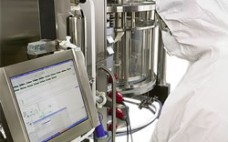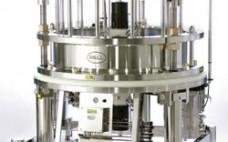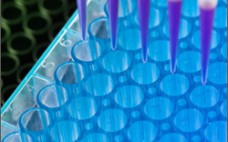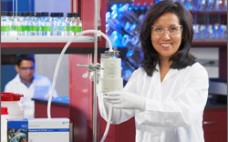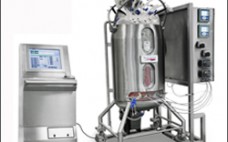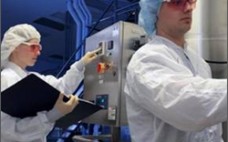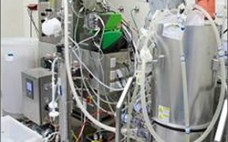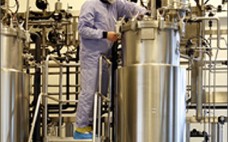As monoclonal antibody products succeed and advance through development, their manufacturing requirements change. The probability of a smooth and successful technology transfer process depends on several factors. Sending and receiving parties must be well aligned in expectations, which can be facilitated by early and detailed planning and communications.
To help companies developing MAb products, BioProcess Technology Consultants recently published a comprehensive report outlining the complex technical, regulatory and strategic chemistry, manufacturing and control (CMC) activities necessary to successfully advance new MAbs from discovery to first-in-human clinical trials and the market as quickly and economically as possible. Read this informative white paper to learn more.

